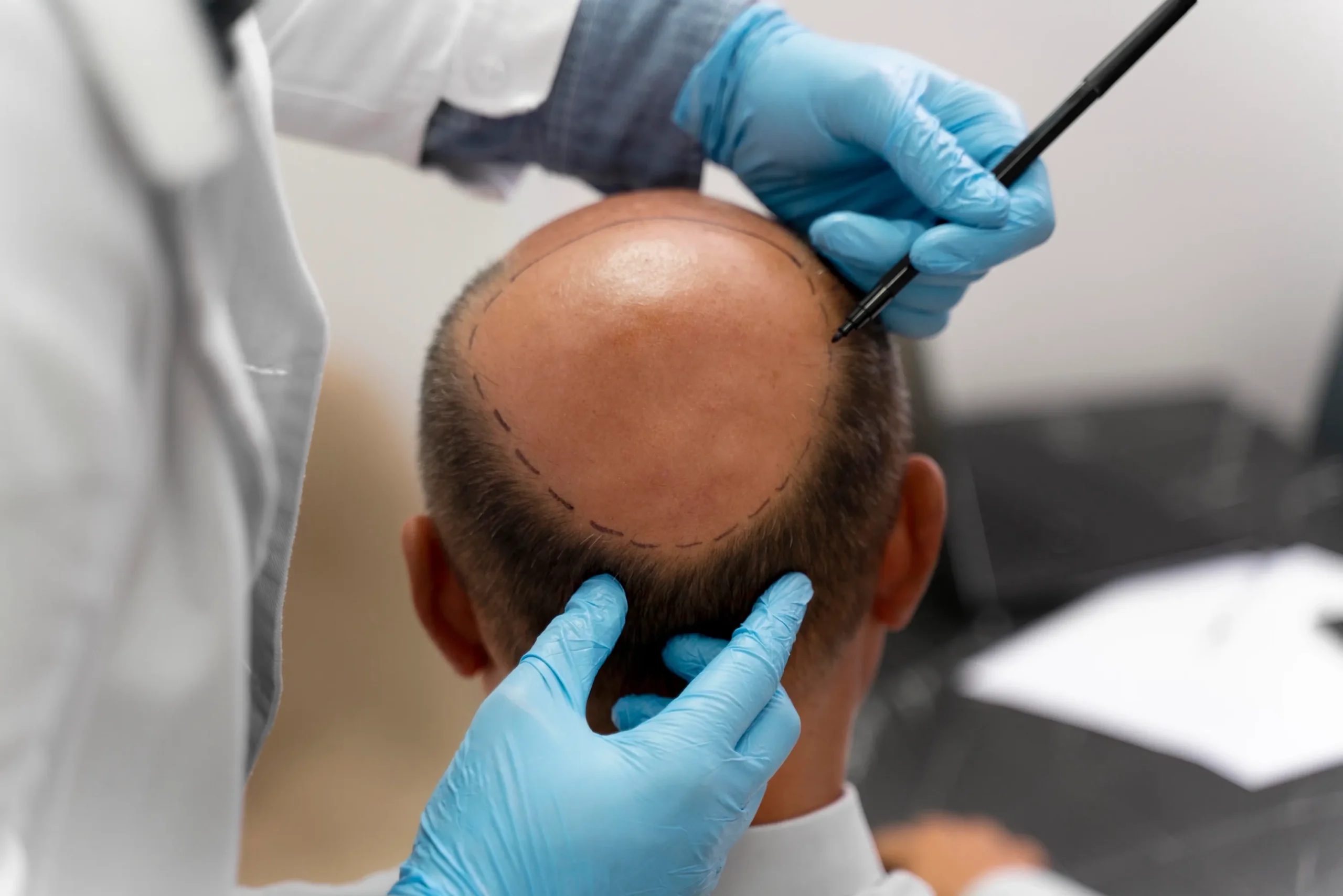
Hair restoration has come a long way in recent years, offering natural, long-lasting solutions for those suffering from hair loss. But with multiple methods available, it’s common to feel overwhelmed when trying to choose the right approach. If you’re considering a Hair Transplant in Islamabad, understanding the differences between techniques—and which one is best suited to your needs—is essential to making an informed decision.
This article will explore the most popular hair transplant methods, the factors that influence your candidacy for each, and how to determine which option will give you the best results.
Why Choosing the Right Technique Matters
Hair transplant surgery is not a one-size-fits-all solution. Your hair type, the extent of hair loss, lifestyle, budget, and long-term goals all play a role in determining the ideal method for you. Selecting the right technique not only affects how natural your results will look but also influences healing time, scarring, and the overall success of the procedure.
Overview of Hair Transplant Techniques
There are two primary hair transplant techniques used worldwide:
1. FUE (Follicular Unit Extraction)
FUE is a minimally invasive method where individual hair follicles are extracted directly from the donor area—typically the back or sides of the scalp—and then transplanted into the thinning or balding areas. This technique requires precision but leaves tiny dot-like scars that are virtually undetectable once healed.
Pros:
-
Minimal scarring
-
Shorter recovery time
-
Less post-op discomfort
-
Ideal for those who wear short hairstyles
Cons:
-
Can be time-consuming
-
More expensive than FUT in some cases
-
Not ideal for all cases, especially if large areas need coverage
2. FUT (Follicular Unit Transplantation)
Also known as the “strip method,” FUT involves removing a strip of scalp from the donor area, dissecting it into individual follicular units, and implanting them into the recipient area. It’s often recommended for patients who require a larger number of grafts in a single session.
Pros:
-
More grafts can be transplanted in one session
-
Often more cost-effective
-
Suitable for advanced hair loss
Cons:
-
Linear scar on the donor site
-
Longer recovery time
-
Slightly more post-operative discomfort
How to Determine Which Method Is Best for You
Choosing the right hair transplant technique involves evaluating several key factors:
1. The Extent of Hair Loss
If you have mild to moderate hair loss, FUE may be sufficient and offer the advantage of a quicker recovery. For more advanced cases that require a large number of grafts, FUT may be more effective in achieving desired density.
2. Donor Hair Availability
Your donor area’s hair density plays a significant role. If you have strong, thick donor hair, both techniques are viable. However, FUE is particularly beneficial for patients with limited donor areas as it allows for more selective harvesting.
3. Lifestyle Considerations
Do you regularly engage in physical activity or need to return to work quickly? FUE’s minimal downtime may be preferable. Also, if you prefer to keep your hair short, the lack of a linear scar with FUE is a significant advantage.
4. Budget Constraints
FUT can be more affordable per graft because it enables the transplantation of a higher volume of follicles in a single session. However, it comes with more noticeable scarring and a longer healing process.
5. Long-Term Planning
If you’re young or have a family history of progressive hair loss, a long-term strategy is important. A good surgeon will recommend a technique that not only gives natural results today but also leaves options open for future procedures if needed.
The Role of Technology and Surgeon Experience
Beyond the technique, the skill of the surgeon and the use of modern technology significantly influence the outcome. A highly trained and experienced surgeon can create a natural-looking hairline and maintain proper graft survival, regardless of the technique used. Always choose a clinic with a strong reputation, certified professionals, and a portfolio of successful cases.
Combining Techniques: A Hybrid Approach
In some cases, the best option might not be choosing just one technique. A combination of FUE and FUT may be used to achieve optimal results, especially in patients with extensive baldness or limited donor hair. This hybrid approach allows the surgeon to maximize graft numbers while managing donor site aesthetics.
What to Expect After the Procedure
Regardless of the technique, the initial healing period lasts about 7–10 days. You may experience mild redness, swelling, or scabbing. Shedding of transplanted hairs within the first few weeks is normal. New hair growth typically starts around the third or fourth month, with final results visible within 9 to 12 months.
Your surgeon will provide post-operative instructions and may suggest medications or supportive therapies like PRP (Platelet-Rich Plasma) to enhance healing and growth.
Conclusion: Finding Your Best Match
So, which hair transplant technique is best for you? The answer depends on your individual goals, hair loss pattern, donor availability, and lifestyle. FUE may be the right choice for those wanting a quicker recovery and minimal scarring, while FUT offers advantages in density for patients with more severe hair loss. Sometimes, a combination of both may yield the most comprehensive results.
Consulting with experienced professionals is the key to choosing the best path forward. SKN Cosmetics clinic in Islamabad provides tailored hair restoration plans using advanced FUE and FUT methods, guided by specialists who understand the artistry and science of hair transplantation. Book a consultation to discuss your options and take the first step toward permanent, natural-looking results.